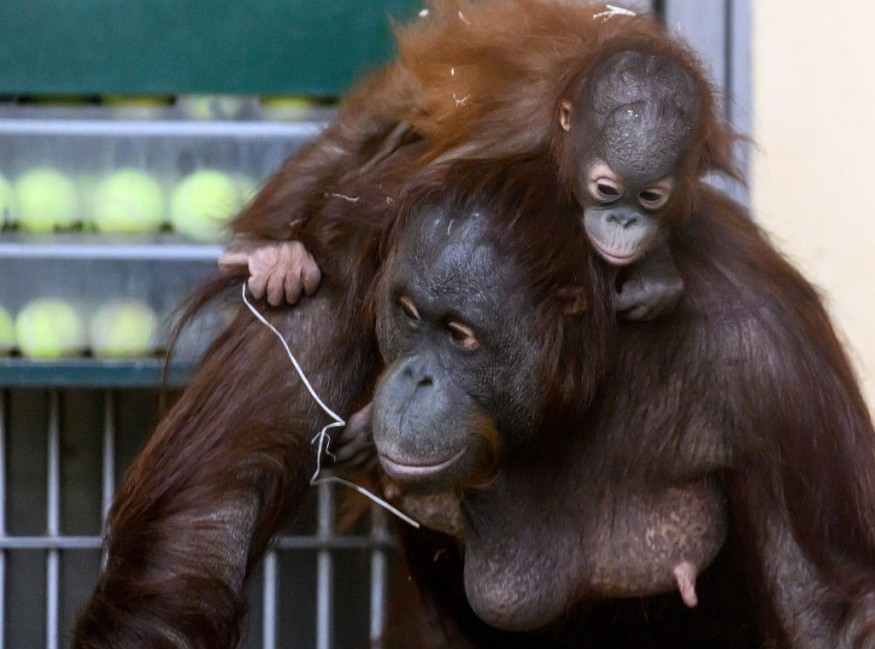A recent study shows that great apes, like humans, playfully taunt one another. An international team of researchers examined films of four species: chimpanzees, bonobos, gorillas, and orangutans.
Intentional Provocative Behavior

In a study published in the Proceedings of the Royal Society B, scientists from the University of California Los Angeles, the Max Planck Institute of Animal Behavior, Indiana University, and the University of California San Diego (Isabelle Laumer, Sasha Winkler, Federico Rossano, and Erica Cartmill) report evidence of playful teasing in the four great ape species.
These juvenile apes were videotaped yanking other members of their group's hair, poking and body slamming them, and continuously waving things in front of their faces.
The researchers examined spontaneous social exchanges that looked to be humorous, moderately annoying, or provocative.
During these exchanges, the researchers studied the teaser's activities, bodily movements, and facial expressions, as well as how the teased individuals responded. They also determined the teaser's intentionality by looking for evidence that the activity was directed at a specific target, lasted or intensified, and teasers waited for a response from the target.
The researchers discovered that orangutans, chimpanzees, bonobos, and gorillas all engaged in intentionally provocative behavior, which was typically accompanied by playful traits.
They found eighteen distinct teasing behaviors. Many of these activities looked to be designed to elicit a response or at least draw the target's attention.
"It was common for teasers to repeatedly wave or swing a body part or object in the middle of the target's field of vision, hit or poke them, stare closely at their face, disrupt their movements, pull on their hair or perform other behaviors that were extremely difficult for the target to ignore," explains UCLA and IU professor Erica Cartmill, senior author of the study.
She added that playful teasing in great apes is one-sided, coming from the teaser frequently throughout the interaction and rarely reciprocating. When apes were calm, they engaged in playful taunting, which was similar to human activities.
The animals also infrequently employ play signals such as the primate 'playface,' which is comparable to a smile, or 'hold' motions to indicate their willingness to play.
Last Common Ancestor
The researchers highlighted that, while Jane Goodall and other field primatologists have mentioned comparable behaviors in chimpanzees many years ago, this was the first study to carefully examine playful teasing.
From an evolutionary standpoint, the occurrence of fun teasing in all four great apes and its similarities to playful teasing and joking in human newborns shows that playful teasing and its cognitive prerequisites may have been present in our last common ancestor, at least 13 million years ago.
According to studies, teasing behavior can be detected in human babies as young as eight months of age and is frequently seen as a "cognitive precursor" to joking.
"We hope that our study will inspire other researchers to study playful teasing in more species in order to better understand the evolution of this multifaceted behaviour," said Dr. Isabelle Laumer, a postdoctoral researcher at the University of California Los Angeles (UCLA).
Related Article : Great Ape Evolution Redefined By New Fossil Species, Researchers Say
© 2025 NatureWorldNews.com All rights reserved. Do not reproduce without permission.





